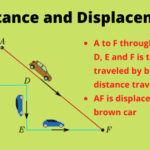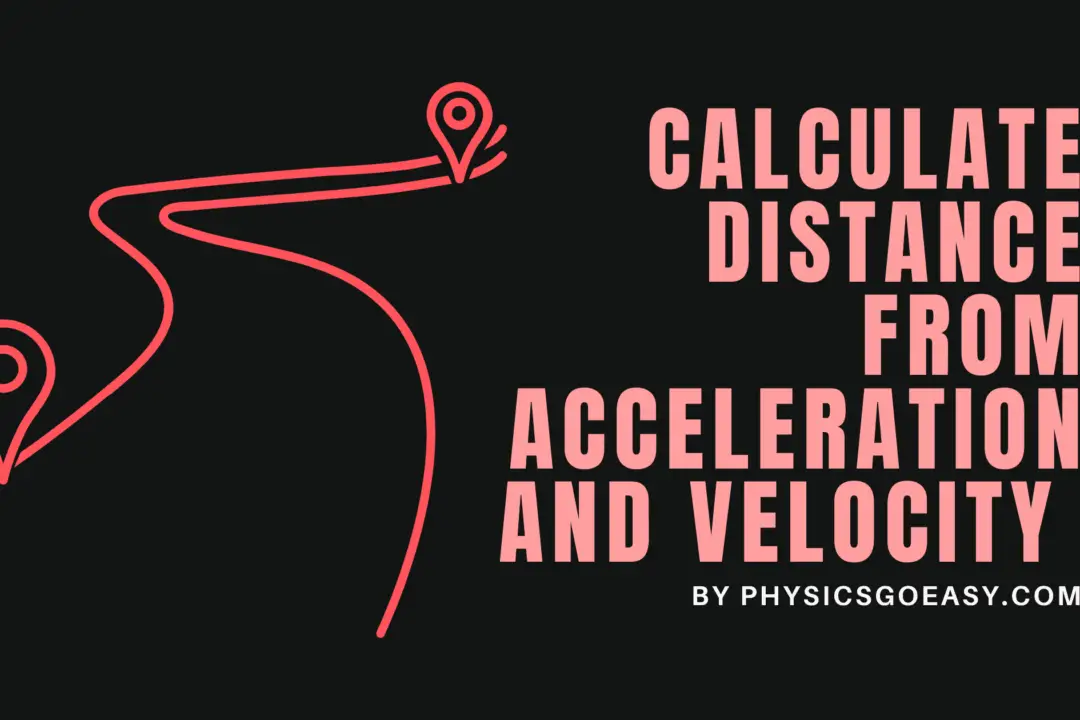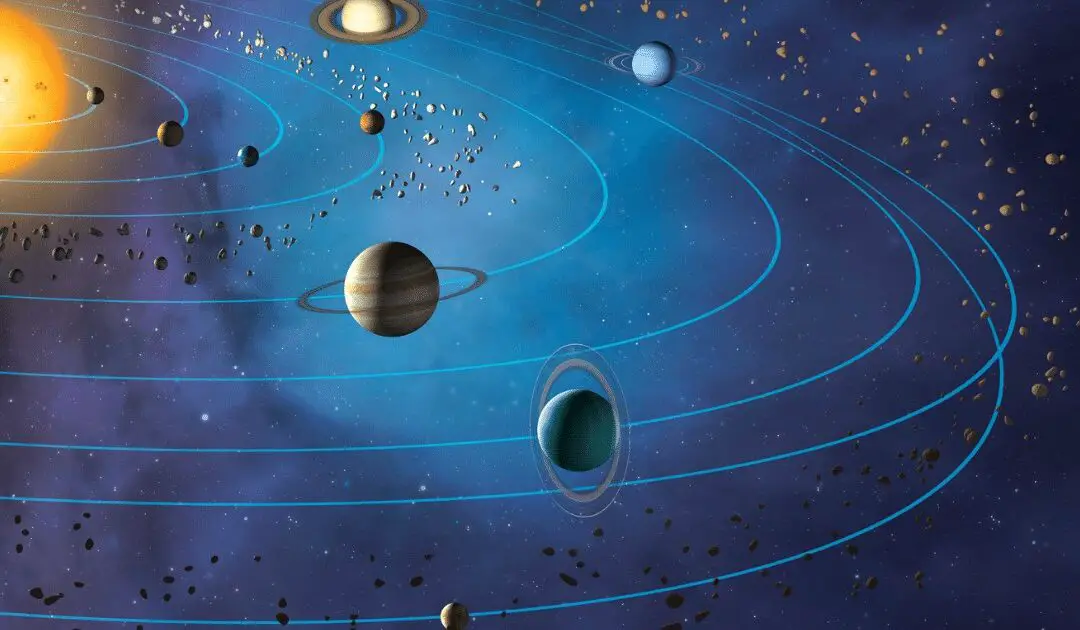In this article, we will learn about the concept of negative acceleration or deceleration in physics. This article covers its definition, causes, effects, and impact on an object’s motion and position.
Definition of Acceleration
Acceleration is a vector quantity that represents the rate of change of velocity of an object over time. It can be defined mathematically as:
$a = \frac{\Delta v}{\Delta t}$
Where $a$ represents acceleration, $\Delta v$ is the change in velocity, and $\Delta t$ is the change in time.
Acceleration can be either positive or negative, depending on the direction of the change in velocity:
- Positive Acceleration: Occurs when an object’s velocity increases in the same direction as its initial velocity. This is often called speeding up.
- Negative Acceleration: Also referred to as deceleration, it occurs when an object’s velocity decreases or when its velocity increases in the opposite direction of its initial velocity. This is often called slowing down.
The table given below shows Acceleration Types based on the Direction of Motion and Rate of Change of Velocity.
| Direction of Motion | Rate of Change of Velocity | Acceleration Type |
|---|---|---|
| Positive (Left to Right) | Positive (Increasing) | Positive Acceleration |
| Positive (Left to Right) | Negative (Decreasing) | Negative Acceleration |
| Negative (Right to Left) | Positive (Increasing) | Negative Acceleration |
| Negative (Right to Left) | Negative (Decreasing) | Positive Acceleration |
Causes of Negative Acceleration
It can be caused by various factors:
- Friction: Friction is a resistive force that acts between two surfaces in contact, opposing their relative motion. It can cause an object to decelerate when it moves on a surface.
For example,
A sled sliding on a snowy surface gradually slows down and comes to a stop due to the friction between the sled’s bottom and the snow. - Air Resistance: As an object moves through the air, it experiences a resistive force called air resistance, which opposes its motion and causes deceleration.
For example,
A skydiver free-falling through the air experiences deceleration due to air resistance, which gradually increases until reaching terminal velocity. - Applied Force: An applied force in the opposite direction of an object’s motion can cause negative acceleration.
For example,
A person pushing a moving shopping cart in the opposite direction of its motion will cause negative acceleration. The applied force works against the cart’s initial velocity, slowing it down. - Gravity: When an object moves upwards against the force of gravity, it experiences negative acceleration.
For Example
A ball that is thrown vertically upward experiences negative acceleration due to gravity, causing it to slow down until it reaches its peak height.
Effects of Negative Acceleration
The primary effects of negative acceleration include:
- Decreasing the object’s velocity.
Negative acceleration acts in the opposite direction of an object’s initial velocity, counteracting its motion. As a result, the object’s speed gradually decreases, leading to a reduction in its overall velocity. For example, a car braking to a halt at a traffic light experiences negative acceleration, causing its velocity to decrease until it stops. - Reducing the object’s kinetic energy.
Negative acceleration decreases the object’s velocity, which is directly related to its kinetic energy. As the velocity reduces, the kinetic energy of the object also diminishes, following the equation KE = 0.5mv². - **Increasing the object’s potential energy (when moving against gravity).
**When an object experiences negative acceleration while moving against a force like gravity, its height above the ground increases. This rise in height leads to an increase in the object’s potential energy, following the equation $PE = mgh$.
Change in Velocity and Direction
Negative acceleration can affect both the magnitude and the direction of an object’s velocity. When an object decelerates, its velocity magnitude decreases. If the negative acceleration is in the opposite direction of the initial velocity, the object can eventually come to a stop and reverse its direction of motion.
For example, consider a car traveling at $20 m/s$ to the east that experiences a retardation or deceleration of $4 m/s^2$ to the west. After 5 seconds, its velocity can be calculated using the equation:
$v = u + at$
Where v is the final velocity, u is the initial velocity, a is the acceleration, and t is the time? Here,
$u = 20 m/s,\, a = -4 m/s^2$, and $t = 5 s$.
$v = 20 m/s + (-4 m/s^2)(5 s) = 20 m/s – 20 m/s = 0 m/s$
The car comes to a stop after 5 seconds due to the deceleration.
Impact on Motion and Position
Negative acceleration affects an object’s motion by changing its velocity, which in turn changes its position over time. The following equations of motion can be used to analyze the impact of negative acceleration on an object’s position:
v = u + ats = ut + 0.5at²v² = u² + 2as
Where s represents the displacement and a is the negative acceleration.
Using the previous car example, we can determine the car’s displacement during the 5 seconds of deceleration:
s = ut + 0.5at² = (20 m/s)(5 s) + 0.5(-4 m/s²)(5 s)² = 100 m - 50 m = 50 m
The car travels 50 meters to the east before coming to a stop.
Conclusion
Negative acceleration, or deceleration, plays a crucial role in understanding the motion of objects in physics. It occurs when an object’s velocity decreases or when its velocity increases in the opposite direction of its initial velocity. Factors like friction, air resistance, applied force, and gravity can cause negative acceleration.
Negative acceleration impacts an object’s motion by changing its velocity and direction and thus affects its position over time. By analyzing the equations of motion and understanding the concept of negative acceleration, we can better predict the behavior of objects in various situations, such as slowing down vehicles or the motion of objects under the influence of gravity.
Frequently Asked Questions
What’s the formula for acceleration?
The formula for acceleration is: Acceleration (a) = Change in Velocity (v) / Change in Time (t)
What’s confusing about acceleration?
Students often get confused while understanding the difference between acceleration and velocity. Velocity is the rate of change of displacement, while the acceleration is the rate of change of velocity. Another area of confusion is the difference between positive and negative acceleration.
What are some of the most common examples of negative acceleration?
Some common examples of negative acceleration are applying breaks to a moving car, throwing a ball upwards, or a rocket slowing down during re-entry.
What is the difference between deceleration and negative acceleration in Physics?
Deceleration is a form of negative acceleration where the magnitude of the velocity is decreasing. Negative acceleration is a broader term that refers to any acceleration that acts in the opposite direction to the motion.
When is acceleration taken as negative?
Acceleration is taken as negative when it acts in the opposite direction to the motion, i.e., when the velocity is decreasing.
What is another term used for negative acceleration
Another term used for negative acceleration is “retardation.”
Why is acceleration negative when velocity is positive?
Acceleration can be negative when velocity is positive if the body is slowing down.
What do you mean by positive, negative, and zero acceleration?
Positive acceleration refers to the increase in the magnitude of velocity, negative acceleration refers to the decrease in the magnitude of velocity, and zero acceleration refers to the situation where there is no change in the velocity.






